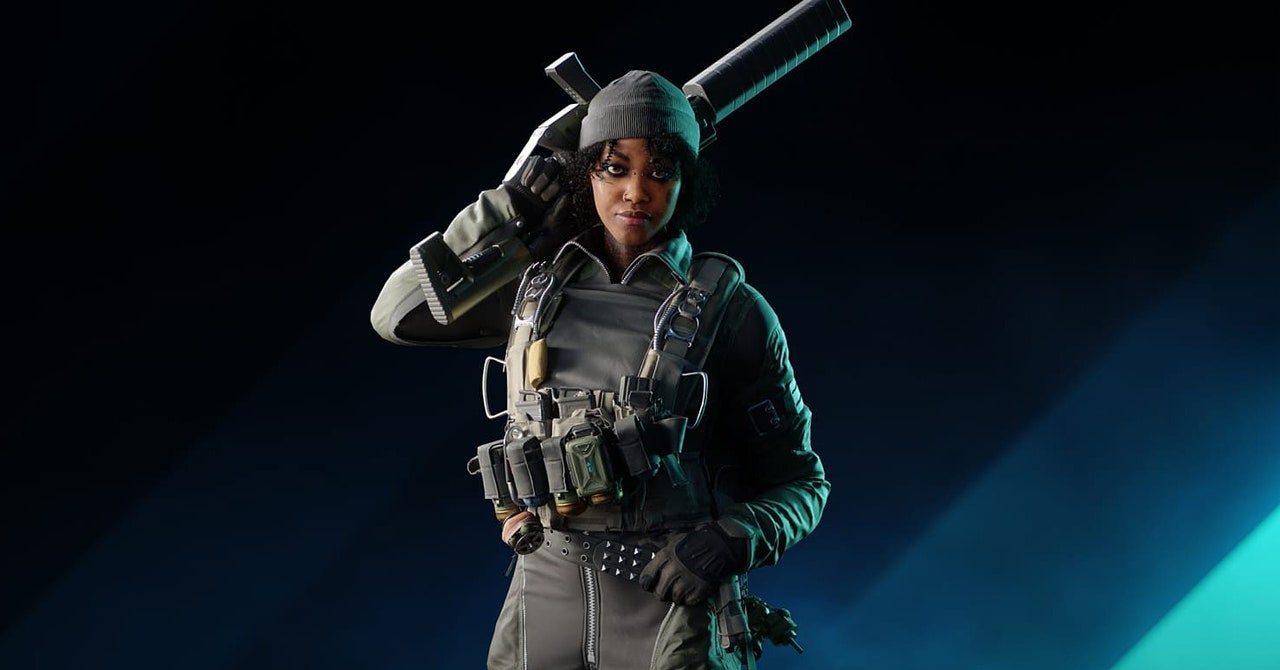Tulay McNally, director of inclusive design at Electronic Arts, chooses her words carefully as we talk about creating various characters for video games. Growing up in Germany, McNally is no stranger to the international video game industry. She worked at Square Enix, Sega and Bioware before joining EA. McNally’s team at EA helps with character development from underrepresented groups and with public communication.
Her caution is warranted — Activision Blizzard was torn to shreds a month before our interview for its reductive approach to video game diversity, one that assigned numerical scores to marginalization, turning identity into a sort of scorecard for developers to use to determine who they would should include (or exclude) character rosters. McNally remains excited to talk about EA’s inclusive design framework, though she’s quick to emphasize that the company isn’t taking a legalistic approach to diversity.
“It’s really a loose framework of guiding principles and design philosophies that we adapt to our agreements with each game team,” says McNally. She points to Maxis Studios, the team behind The Sims 4 (recently adding the ability for players to customize their Sims’ pronouns), as part of the company that is already seeing success in creating content with a diverse player base in mind and not requiring that much help. “Some other game teams may be more at the beginning. They may need a little more support, education, and hand-holding,” she says.
Released in 2018, EAs Battlefield V received backlash for placing women in World War II battles. Nevertheless, the foundation for the company’s approach to inclusive design at scale was laid through collaborations between the Pacific Expansion Development team and the company’s Asia Pacific Islander workforce. An intensive review process for this Battlefield V downloadable content included everything from initial trailers and storyboards to small weapon charms and player skins. In addition to the employee group, EA has reached out to geopolitical advisors for contextual authenticity.
After helping lead the volunteer initiative Battlefield V, McNally prepared a business case for continued use of an inclusive design framework and presented it to Laura Miele, EA’s Chief Operating Officer. As a result of that meeting, the company created a new position for McNally: director of inclusive design. Of her current team of four at EA, she says, “Two of them focus on the accessibility of games. The other two focus more on the cultural sensitivity and representation side, as well as working with game teams.”
Volunteer employees and a new internal team complement the work of external, professional advisors. “We know we need that guidance,” McNally says. It’s a fight against hubris, not a trade-off.
While some conservative consumers may react negatively to the prospect of inclusive character design, the argument for approaching video game storytelling from multiple perspectives is not. nothing but working on equity. Inclusiveness is also good for business. One of the goals of the inclusive design framework at EA is to initiate discussions with developers during game creation. It makes no financial sense to wait until the later stages of development to ask questions that may require time and resource-intensive solutions.

